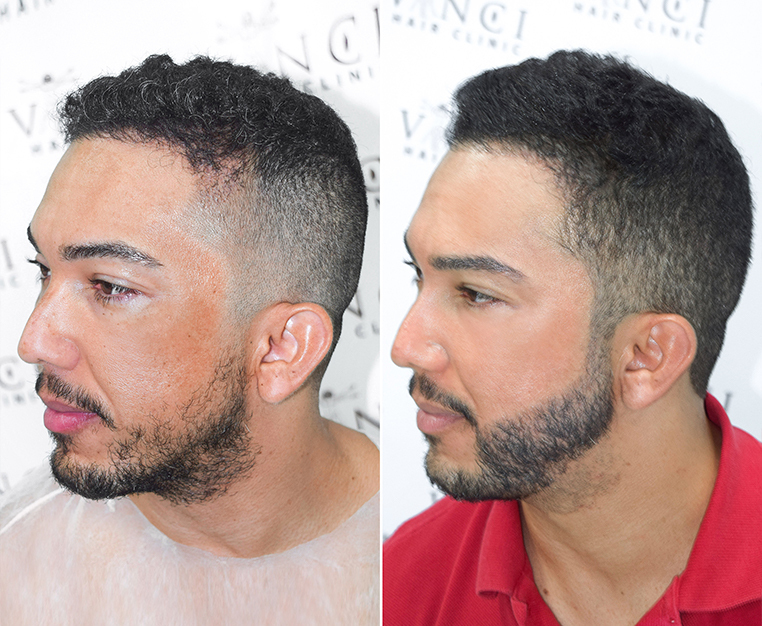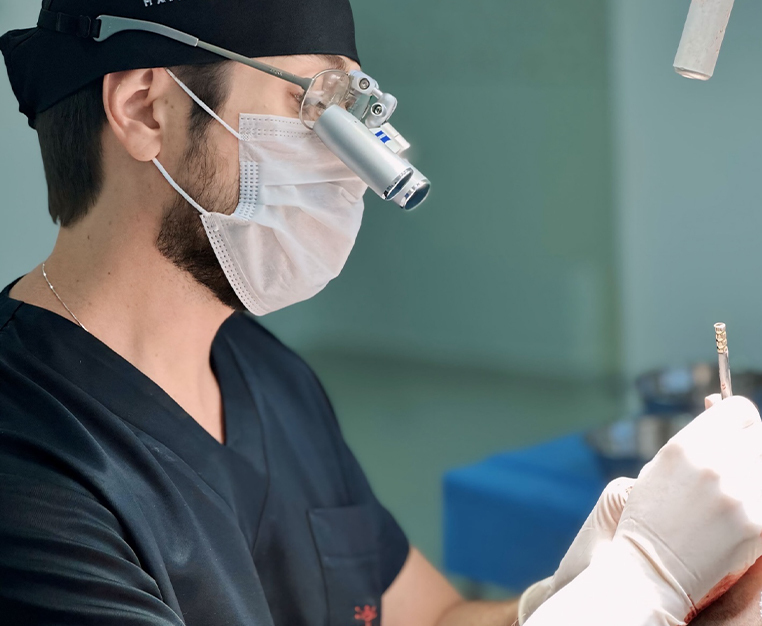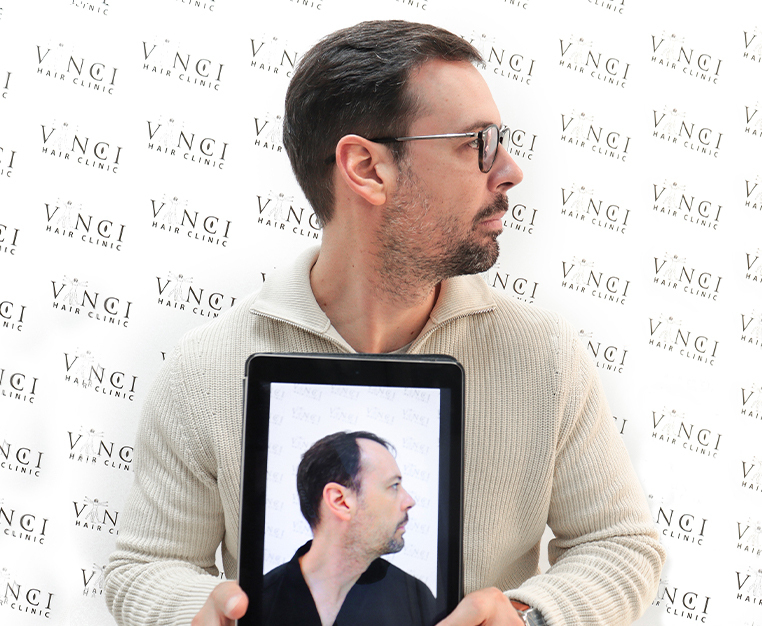Everyone’s hair is unique and poses different challenges for each individual. Hair density, the thickness of your strands and even the type of scalp you have can all affect the kind of care your hair requires. Hair porosity is another characteristic that must be factored in. The difference between high porosity, low porosity and all points in between can have major implications for how you care for and style your locks.
If you don’t yet know whether you have high or low hair porosity, now’s a good time to find out. Armed with this knowledge, you may be able to make changes to your haircare routine that could improve the health of your strands. Read on to find out more!
What is Hair Porosity?
Put simply, hair porosity describes the ability of your hair’s outer layer to absorb and retain moisture. This outer covering of the hair is the cuticle layer. It is the shape and size of the cuticles that dictate what sort of hair porosity you have. This is usually measured in terms of high, medium or low. Low porosity hair tends to be resistant to water which can lead to dry, brittle locks. High porosity hair, on the other hand, can absorb moisture easily but struggles to retain it.
Having medium hair porosity doesn’t usually have major implications for your haircare routine. For that reason, we’re going to focus on the two porosity types that might require special haircare measures. First, however, you need to know how to determine which category your hair falls into.
The Porosity Test
Doing a hair porosity test is as easy as it comes. All you need is a couple of strands of your hair and a glass of water. Drop the hairs into the water and let them settle for about five minutes. Make sure that the strands are fully immersed in the water and aren’t touching the sides of the glass. If your hair is still afloat when the five minutes are up, you have low porosity hair. If the hair has sunk to the bottom of the glass, you’re in the high porosity bracket.
Hair porosity is genetically determined, but there are things you can do or refrain from doing which can help with your particular type of hair. So, what are the implications?
Low Porosity Hair
Since your hair doesn’t absorb moisture very well, you may find that it’s difficult to soak it properly. This means that washing it takes a bit longer than average. Products, too, can be problematic. Shampoos, moisturisers and conditioners are unable to penetrate your strands easily. If you don’t rinse your hair thoroughly, the unabsorbed product molecules can cling to your locks, leading to a feeling of weightiness in your hair that could be a result of product build-up. This can leave your hair looking flat and lifeless. You may also find that colour treatments don’t ‘take’ as well as they should, as your strands fail to fully absorb the pigment.
High Porosity Hair
If your hair has difficulty retaining moisture, the last thing you want to do is make moisture retention even harder. For a start, cut down on your use of heat styling tools. Overuse of these can damage the hair cuticle and make it even more porous, increasing the risk of having dry, damaged and frizzy strands. High porosity hair dries quickly naturally and so is more suited to air drying.
The key to looking after highly porous hair is moisturising regularly and often. Choose your moisturiser carefully. Water-based products are of little use with highly porous hair, as your strands won’t retain them. You want nutrient-rich products with thick, creamy, formulations. Use leave-in products that lock the moisture in; pre-shampoo masks can be used for this purpose. You should find that these strengthen your strands and leave them in a much healthier condition.
Porous hair is not more difficult to style, but it doesn’t hold a style for very long. For that reason, low-maintenance hairstyles that aren’t too far off your natural style are a better option.
Final Thoughts
Knowing whether your hair is high or low porosity can help you keep it healthy and looking better. You can use the knowledge to help you devise a haircare routine more suited to your hair type. Choosing the right products is important, but how you wash and dry your hair and the tools you use for this are also key.
Worried about hair loss or thinning? Vinci Hair Clinic can help. We are one of the largest and most successful hair restoration clinics on the planet. We offer a free, no-obligation consultation to all our new clients. This can take place at one of our many clinics around the world or via WhatsApp. Get in touch and make an appointment today – we look forward to welcoming you!





